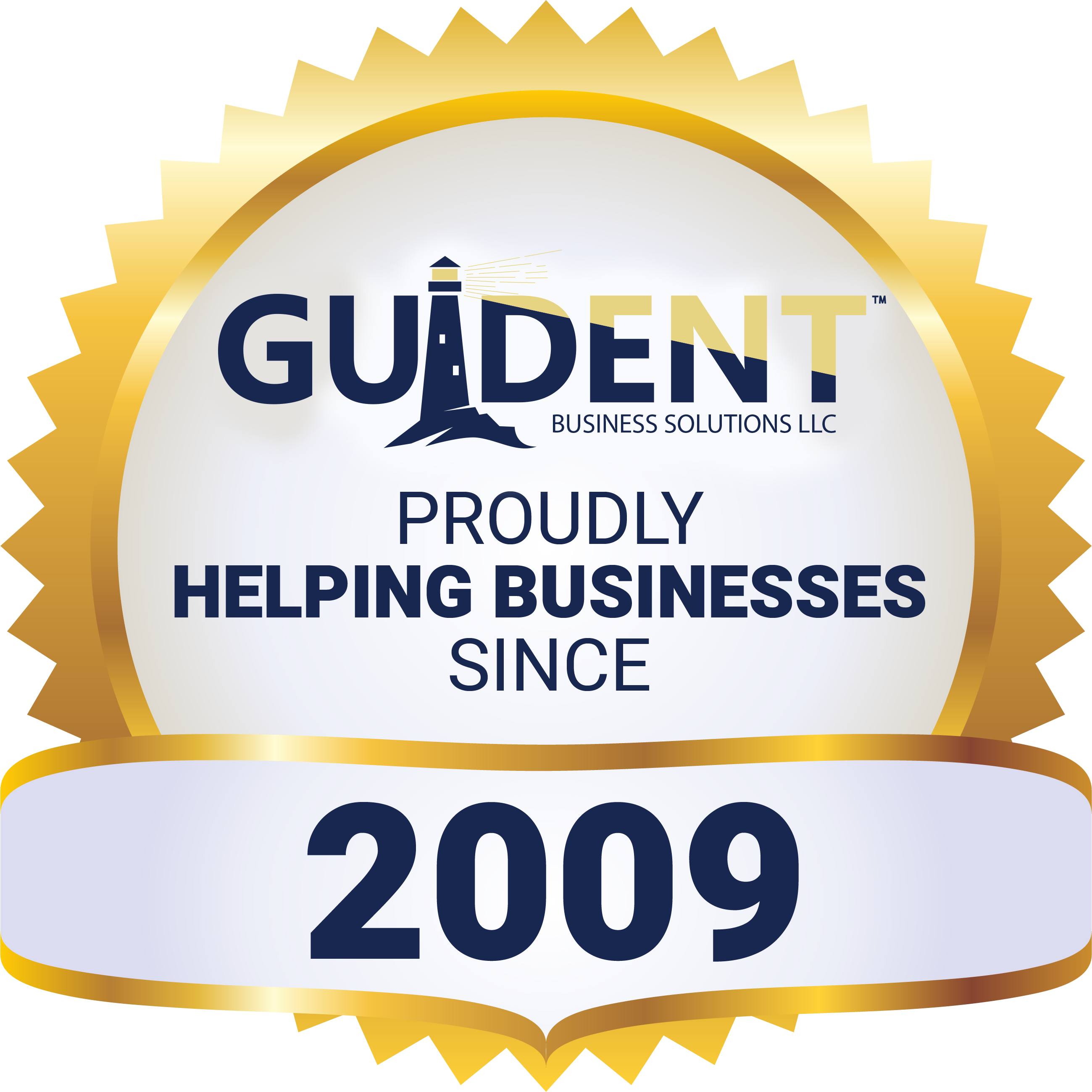What Have We Learned From 1998? It’s Cyclical and Not All COVID.
As the challenges continue to pile up in business today, especially in staffing needs, I see organizations lowering their qualifications for new hires. This is done not because The Boss wants to but because The Boss has to! The latest unemployment numbers are telling us we have a 4.6% unemployment nationwide and in Wisconsin, we are looking at 3.2% unemployment. Those of us who are long in the tooth may remember doing business in 1998 when we were also at 3.2% and lower unemployment in Wisconsin.
What does The Boss need to do this time around? Because organizations are hiring people who do not have industry experience and may not have the foundational skills desired by new employees, The Boss must do things differently to help these new hires to succeed. Training programs for their new employees and implementing a mentoring program will help the newcomers to assimilate into the company culture. Having a procedure for “onboarding” new people will also help. But above all, The Boss needs to establish SOPs in the workplace for those critical processes.
Standard Operating Procedures (SOPs) are an investment The Boss can make in the business and investment in all the employees. Developing an overall operating SOP that encompasses the entire operation is where I would start. The Boss must think of the operations as a movie. Each function of the operations is like a frame of that movie. You can look at one frame of a movie and not really understand the theme, but when you see several frames back-to-back, you can begin to see the story develop. This is how The Boss begins to build an SOP for the operations.
Imagine yourself looking down on the entire operations of the company, then begin by writing out each main function you see. Now log the important tasks that are needed to accomplish each main function. Understanding that The Boss has been in this industry for many years, if not decades, it is important that The Boss writes in a language that the “lowest common denominator” in the workforce can understand. Do not complicate the process, keep it simple. Now The Boss should review the various functions with staff, the “subject matter experts” in the organization that perform those functions day in and day out. The Boss solicits their comments and hopefully their suggestions to make the process better.
After the written procedures have been blessed by The Boss, graphics such as squares, circles, and triangles are used to designate the decision points in the process. Use colors and arrows to show a visual of the entire process. Understand that the organization will have a percentage of the workforce that will not take the time to read the procedures but after training will remember what the various shapes and colors mean. The graphics help the “lowest common denominator” in the workforce understand the SOP. Put this diagram on a large poster board and place it where everyone can see it. Refer to the SOP when you have problems, especially communication problems with inexperienced staff.
SOPs help to identify the exact point at which The Boss needs to spend time when the process bogs down. The bottlenecks are a warning, a symptom of something more serious, “the root cause”. By identifying the root cause and eliminating it, The Boss does away with all the “fires” the organization is experiencing downstream of the root cause. The SOP is a tool used by The Boss to fix the issue without having to redo the entire process. Good people want to be led, be The Boss who leads them to job satisfaction and greater profits for your organization. I honestly believe that most people don’t get up in the morning to screw up, they want to succeed, give them the tools, and lead them to success.

